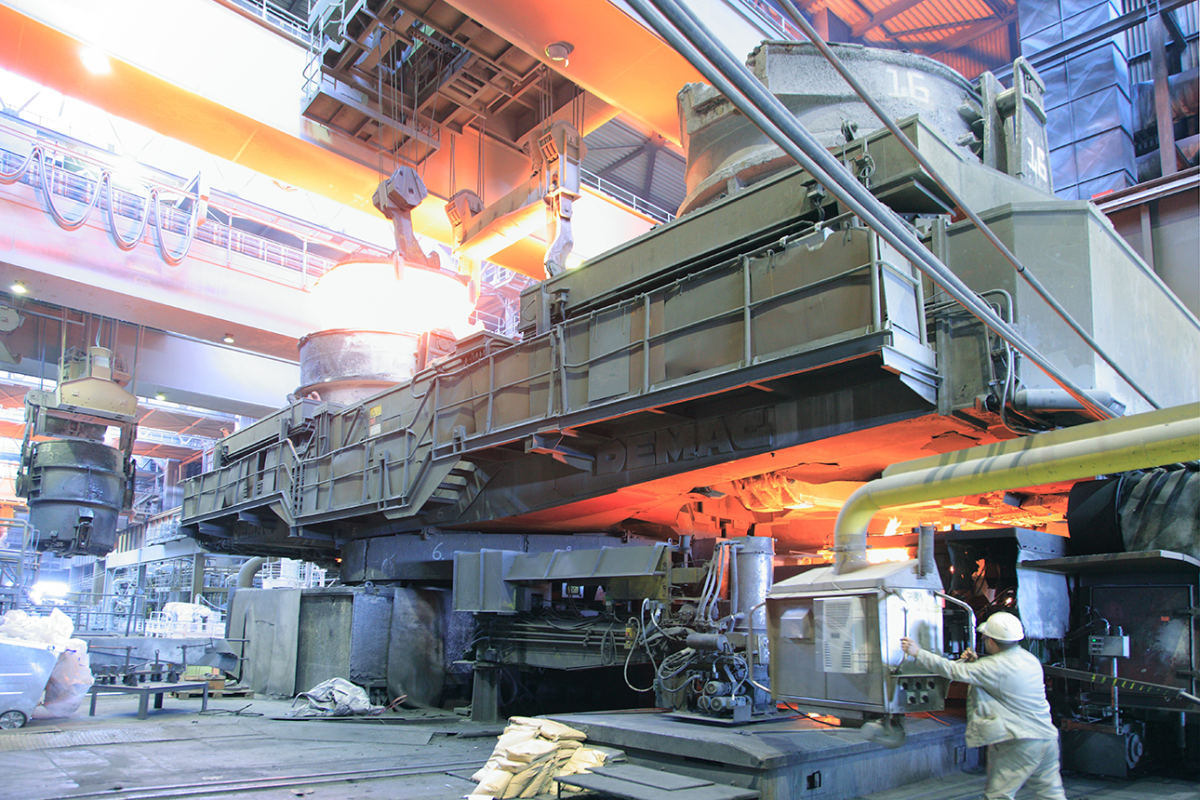In metal manufacturing, precision, speed, and reliability in material analysis are no longer optional, they are essential. Whether you're producing castings, refining alloys, or ensuring compliance with international standards, the ability to accurately identify and quantify elemental composition is critical. That’s where optical emission spectrometry (OES) comes in.
Across Asia, we are finding that a growing number of manufacturers are upgrading their analytical capabilities with advanced OES analyzers; investing in instruments that deliver consistent performance, flexible applications, and long-term value.

Manufacturers across Asia are choosing OES systems that offer high precision across a wide range of materials. For example:
These decisions reflect a broader industry demand for instruments that can handle complex material matrices without compromising on accuracy.
Ease of integration into existing workflows is another major factor. Companies highlighted the flexibility of their chosen OES systems, especially for small-volume measurements and incoming material inspections.
This flexibility is particularly important for manufacturers dealing with a variety of alloys and needing to switch between applications quickly.
In sectors like oil and gas, where on-site verification is crucial, mobile and portable spectrometers are proving invaluable. Companies have adopted mobile OES instruments like the PMI-MASTER Smart to perform reliable positive material identification (PMI) in the field, ensuring material integrity without disrupting operations. OES excels at providing full chemistry of critical alloy elements at low detection limits that handheld XRF and LIBS analyzers can’t: carbon, phosphorus, sulfur, boron, arsenic and tin in low alloy and stainless steels, and nitrogen in duplex steels.
Several manufacturers cited long-term stability and low maintenance as key reasons for their investment. For instance:
These factors contribute to a lower total cost of ownership, making the investment more attractive over the long term.
In-depth technical discussions and responsive support teams play a significant role in many purchasing decisions. Many companies appreciate the ability to engage with our knowledgeable experts who can explain the technology and tailor solutions to their specific needs. Our labs are equipped with streaming technology to connect you from wherever you are in the world to have one-on-one demos with our product experts.
This level of support helps manufacturers feel confident in their investment and ensures a smoother implementation process.
When evaluating an OES system, metal manufacturers should consider:
By aligning your selection criteria with your operational needs, you can ensure a strong return on investment.
The shift toward advanced OES analyzers across Asia reflects a broader trend in the metal manufacturing industry: a demand for smarter, more reliable, and more versatile analytical tools. Whether you're a large-scale foundry or a specialized component manufacturer, investing in the right OES instrument for metal analysis can enhance your quality control, reduce costs, and improve customer confidence.
If you're considering upgrading your spectrometry capabilities, now is the time to explore your options. With the right system in place, you’ll be better equipped to meet today’s challenges and tomorrow’s opportunities.